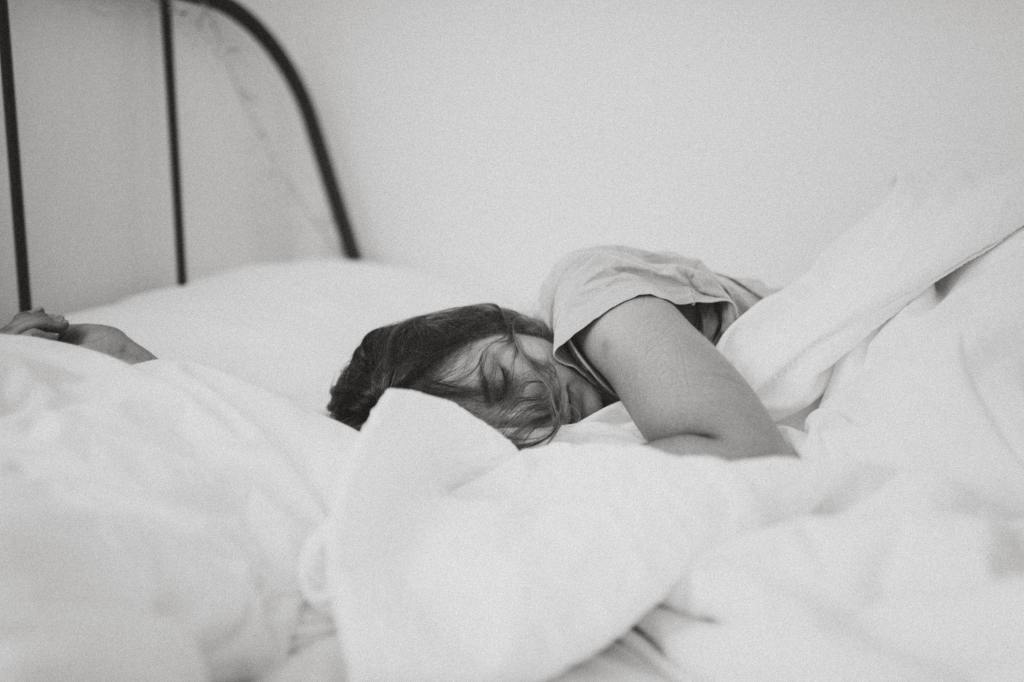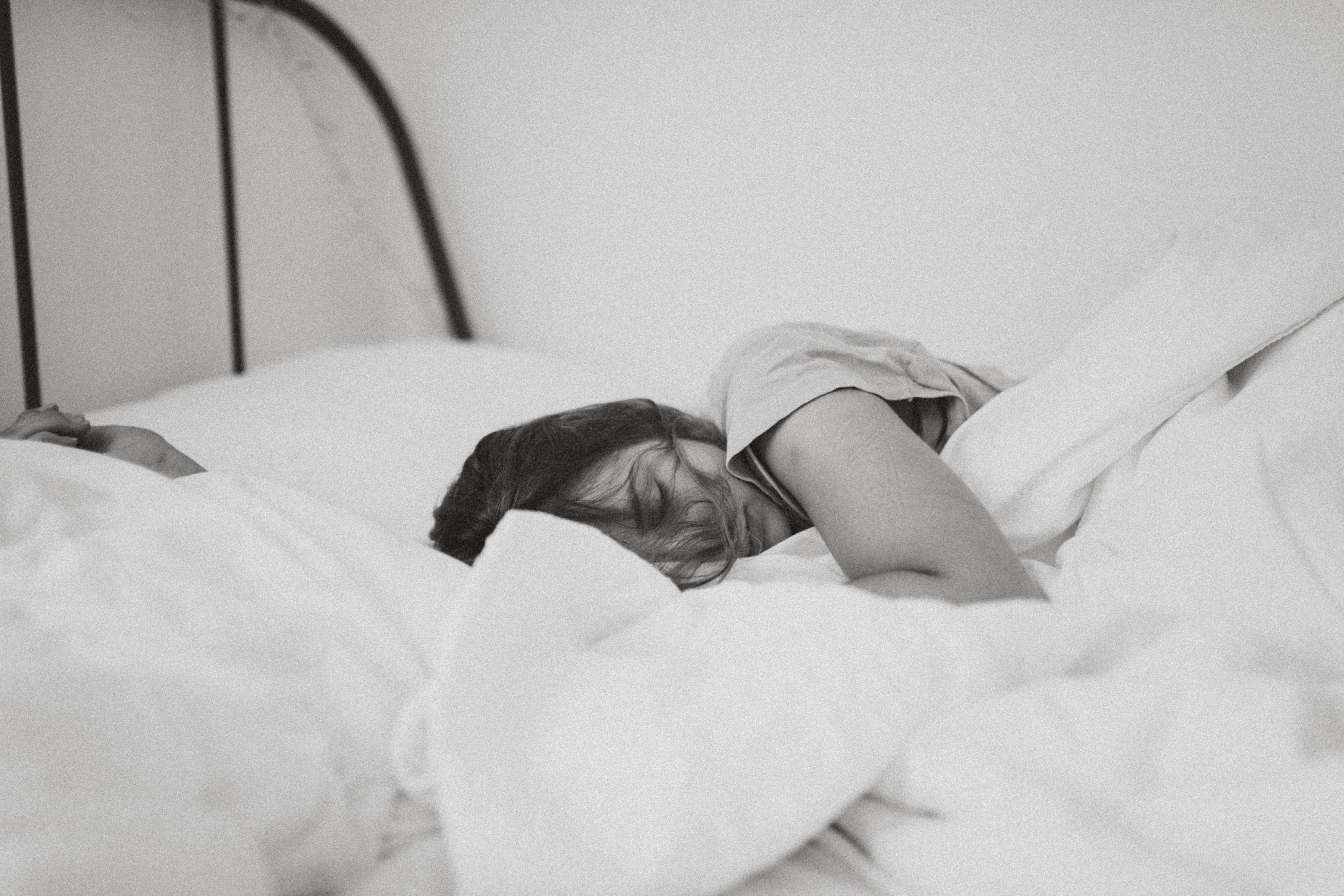
When I first attended a wives recovery group, women were labeled “co-sex addicts”, given a workbook with a 12-step program, and left feeling they were to blame for their husbands’ choices.
I’m grateful that more therapists and group leaders have since received training specifically geared for betrayal trauma.
Because of the pivot, many more women have received hope and healing they’ve been needing. One affect trauma has on a betrayed spouse is the inability to fall asleep, or stay asleep through the night, often due to flashbacks.
Today I’d like to introduce my friend, fellow Hopewriter and author, Trish Russell. Trish has graciously offered her “Ten Coping Techniques for a Restful Sleep”.

We are privileged to hear from someone who has suffered from PTSD as a combat soldier, but who also encourages and gives hope to those who are hurting from other types of trauma, as well. Trish hosts a private Facebook Group: We Flourish Beyond Trauma, beneficial for those who’ve experienced trauma.
It is with a warm hello and much appreciation for her service and generosity, I’ve welcomed Trish to post her insights today!
Ten Coping Techniques for Restful Sleep
By Trish Russell
He flipped off the lights and we were immediately plunged into darkness. I reminded myself we were in our room, I knew all the nooks and crannies. There was nothing to be afraid of; however, the flashbacks started.
The late night small arms fire training.
The whistle of a RPG flying in.
Then the television turned on. Relief swept through my body.
10.5 years later and darkness still brings me to my proverbial knees.
Sometimes I think my nightly routine is extreme, over the top, and a little weird. Then I have a moment like that and I don’t care if my bedtime routine is a little eccentric. At least I am able to sleep, most of the time.
Restless sleep is pretty common, finding ways to cope so that you get a sound sleep is the holy grail. I still remember the first time I slept through the night after my deployment. A year and a half after returning home I woke up and sat there. Then in wonder said, “I slept. I didn’t think that was possible.” I finally felt safe. I finally felt as if I could rest. The nightmares were still a part of my night time routine but at least I was sleeping. The magical moment happened two weeks after moving in with my husband.
I remember sitting there in total shock, absorbing the fact I had not slept through the night in almost two years. Part of my wonder was that I forgot what it felt like to sleep, I had adjusted to sleep deprivation. I really thought it was normal to only sleep a few hours a night and be grateful to get that. Little did I know there was a possible alternative, restful sleep.
That first night of sleep felt glorious. To fall asleep and wake up hours later had me feeling like a new person. Little did I know this would be the first step of many to protect my night time rest.
When my husband leaves for military training, which is pretty regular, I am pulled right back into the same old routine of 3 or 4 hours of sleep on a good night. My fight or flight kicks into high gear and I’m back to the way things used to be. If it wasn’t for my kids I may have accepted this as a way of life; however, I tend to get really grumpy without regular sleep. I didn’t want my kids growing up with a moody mommy because their dad wasn’t around.
So, 9 months ago I went back to the drawing board. I can’t take away the nightmares, I still get those, but I have learned ways to feel safe in my room even when I’m all by my lonesome.
- Limit types of shows before bed. Nothing that will stimulate my imagination or ramp up my blood pressure. There are only 5 or 6 programs/movies on my list.
- Two or three perimeter checks before bed.
- When able, go to bed when the sun goes down or by 8pm.
- Talk to my husband or a loved one as I get ready for bed.
- Low level noise. Television or known music playlist.
- All doors closed, even my closet and bathroom door in my room.
- Hot pads to warm the sheets. The warmth soothes my body and relaxes my muscles.
- Weighted blanket. A new addition to my tool kit that calms my body.
- Prepared attire: Shirt, sweatpants, and socks as pajamas. Hoodie nearby. Just in case.
- Sleep with a light on. Whether the television or a side lamp turned down low. If I’m away from home I sleep with the bathroom light on and door ajar, body facing the door.
Sometimes I doubt the necessity of my routine and wonder if I am crazy. Then we have a moment where we are plunged into darkness and the weight on my chest begins to build, the noise in my head begins to buzz, and images I keep hidden away begin to surface and I know the quirks are there for a reason. The steps to create a safe sleeping environment, a time when we are incredibly vulnerable, are necessary for my brain and body to rest.
My therapist has been incredibly helpful in giving me space to develop my routine. She said, “If it doesn’t hurt anyone, try it. You get to create an environment you feel safe in.”
I feel weird doing extra perimeter checks.
When I travel with friends I have to ask for a light to be on in the room.
My phone and earbuds are always handy so that I can listen to familiar music or a podcast.
I am not comfortable with having to set up a sleeping environment different from what others do. However, the results are worth the feelings of uncertainty.
A year ago I was sleeping for about 60% of the time, not too bad and something I accepted as normal. The difficulty came when my husband traveled and I only slept one or two nights a week after exhausting myself.
Over the last nine months I have tried different techniques and am asleep most nights by 11pm. Once asleep I tend to toss and turn but quickly fall back asleep. That may be the best there is and I am thankful for it.
The bigger takeaway is to try and fail. These techniques are working today but I know that could change and I accept it. I’ll be honest, I never like when coping skills stop working but I understand the value of trying something new, even when it is uncomfortable.
Learning to adapt to the environment around us in a healthy way is ongoing. Life is constantly changing and when we have to learn new coping skills, it doesn’t mean we have failed or something is wrong with us. It means we are adjusting to our environment and choosing to participate in the best way we know how. It just may look a little different from others and that is okay.
In Trish’s own words:
My journey to becoming a Trauma Advocate began in 2009 when I returned home from Afghanistan- broken and unaware. Once I realized how much my brain had changed from my experience in a combat zone, I committed to figuring out what life would look like with Post Traumatic Stress Disorder.
It took eight years for me to realize there would never be a cure; however, I have mastered exercises and techniques that have made it possible for me to design my new normal and live a life I’m proud to share with my family and friends.
Website: http://www.trishrussell.com
Article about time overseas: http://www.trishrussell.com/2019/07/08/return-from-afghanistan/
